Water plants may appear to be a simple task, but it’s a fundamental aspect of plant care that significantly influences their health and growth. Different types of plants have varying water requirements based on their species, environment, and the seasons. This comprehensive guide will delve into effective watering techniques, the importance of good drainage, and the specific needs of both indoor and outdoor plants.
Ensuring Proper Drainage for Healthy Soil
The Critical Role of Drainage
Good drainage is essential for the well-being of any plant. If water accumulates in the soil, it can lead to waterlogging, which suffocates the roots and may cause root rot. Ensuring that excess water can escape allows roots to absorb nutrients and oxygen effectively.
How to Achieve Effective Drainage
- Select Suitable Pots: For potted plants, choose containers that have drainage holes at the base. This design allows excess water to flow out, preventing the soil from becoming overly saturated.
- Utilize Well-Draining Soil: Opt for potting mixes that include components like perlite, vermiculite, or sand, which help improve drainage and maintain appropriate moisture levels.
- Layering Techniques: When potting plants, consider adding a layer of gravel or small stones at the bottom of the pot. This can facilitate drainage and keep the soil from blocking the drainage holes.
Watering Outdoor Plants in Sunny Conditions
Identifying Plants That Thrive in Full Sun
Plants that prefer full sunlight often need more frequent watering, especially during hot, dry weather. Common examples include flowering annuals, herbs, and many vegetable varieties.
Effective Watering Strategies for Sun-Loving Plants
- Timing Your Watering: Water outdoor plants in the early morning or late evening to reduce evaporation, ensuring that more water penetrates the soil and reaches the roots.
- Deep and Thorough Watering: Instead of watering lightly and frequently, aim for deeper watering sessions. This practice encourages roots to grow deeper into the soil, enhancing drought resistance.
- Use of Mulch: Applying mulch around sun-loving plants can help retain moisture and regulate soil temperature, thereby reducing the frequency of watering required.
Watering Outdoor Plants in Shaded Areas
Understanding Shade-Loving Plant Species
Plants that thrive in shady conditions usually require less water than their sun-loving counterparts. Examples include ferns, hostas, and certain perennial flowers.
Watering Techniques for Shade-Dwelling Plants
- Monitor Moisture Levels: Since shaded areas often retain moisture longer, it’s crucial to regularly check the soil. Use a moisture meter if needed to help determine when to water.
- Less Frequent Watering Schedule: Shade-loving plants generally need to be watered less often. Allow the top inch of soil to dry out before adding more water.
- Preventing Fungal Growth: Ensure good air circulation around shaded plants to avoid creating an environment conducive to mold and mildew growth.
Watering Techniques for Indoor Plants
Strategies for Watering Houseplants
Indoor plants come in a variety of species, each with specific watering needs. Here are some tips for maintaining their health:
- Check Soil Moisture Before Watering: Before you water, always check the moisture level of the soil. If the top inch feels dry, it’s time to give them a drink.
- Effective Watering Methods: When watering, do so thoroughly until you see water draining from the bottom of the pot. This ensures that all roots receive adequate moisture.
- Establish a Watering Routine: Create a consistent watering schedule based on the specific needs of each plant and the climate of your home. Factors like temperature and humidity can significantly affect how quickly soil dries out.
Maintaining Humidity for Indoor Plants
The Importance of Humidity Levels
Humidity plays a vital role in the health of many indoor plants, particularly tropical varieties. High humidity can help prevent leaf browning and encourage vigorous growth.
Ways to Increase Humidity for Indoor Plants
- Misting Plants: Lightly misting the leaves with water can help boost humidity levels. However, be careful not to overdo it, as too much moisture can lead to mold issues.
- Humidity Trays: Create humidity trays by placing shallow dishes filled with water and pebbles beneath your plants. The evaporating water will help maintain a more humid environment.
- Group Plants Together: Clustering indoor plants can create a microclimate with higher humidity. As they release moisture through transpiration, the surrounding air becomes more humid.
Adjusting Irrigation Based on the Season
Understanding Seasonal Watering Needs
Plants have different water requirements depending on the season. Being aware of these changes is essential for proper care.
- Spring and Summer Watering: During the growing season, most plants will require more frequent watering. Keep an eye on soil moisture and be prepared to adjust your watering schedule accordingly.
- Fall Watering Practices: As temperatures cool and many plants start to enter a dormant phase, you should reduce the frequency of watering. Allow the soil to dry out more between waterings.
- Winter Care: In winter, most plants need significantly less water due to lower light levels and cooler temperatures. Monitor soil moisture closely, as overwatering during this time can lead to root rot.
Watering Needs for Cacti and Succulents
Specific Care for Succulents and Cacti
Cacti and succulents are known for their water-storing capabilities, making them low-maintenance choices. However, they still have unique watering needs.
- Infrequent Watering Routine: Water these plants only when the soil has completely dried out. Depending on environmental conditions, this could be every 2-4 weeks.
- Deep Watering Techniques: When you do water, soak the soil thoroughly until water drains from the bottom. This encourages healthy root development and prevents the plant from becoming root-bound.
- Avoiding Humid Conditions: Cacti and succulents prefer dry environments, so avoid misting them or placing them in overly humid conditions, as this can lead to rot.
Watering Orchids: Unique Requirements
Specialized Care for Orchids
Orchids have distinct watering needs that set them apart from other houseplants. Proper watering techniques are vital for their health and blooming.
- Watering Method: For orchids, immersion is effective. Place the pot in room-temperature water for about 10-15 minutes, allowing the medium to absorb moisture. Remove the pot and let excess water drain thoroughly.
- Frequency of Watering: Depending on the type of orchid and the environment, you should water every 1-2 weeks. Ensure the medium is dry to the touch before the next watering session.
- Humidity Requirements: Orchids thrive in humid conditions. To maintain adequate humidity, consider using humidity trays or misting the leaves regularly.
Conclusion
Watering plants properly is crucial for their overall health and longevity. By understanding the specific watering needs of outdoor and indoor plants, considering seasonal changes, and recognizing the importance of humidity, you can create an environment where your plants thrive. Whether you’re caring for sun-loving flowers, delicate orchids, or resilient succulents, effective watering practices will ensure your plants flourish and enhance the beauty of your home and garden. With careful attention and consistent care, your plant collection can thrive, bringing joy and vitality to your spaces.


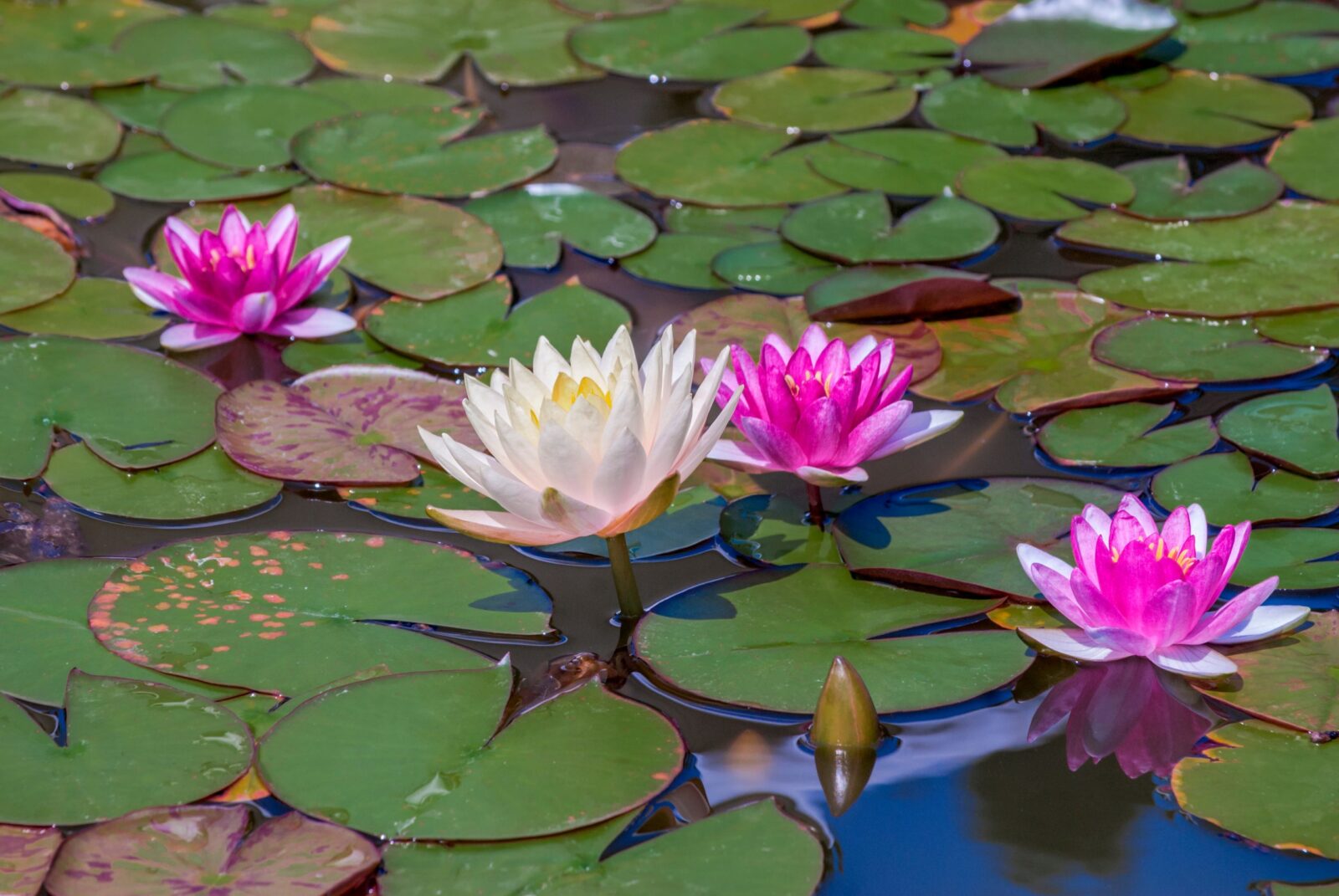
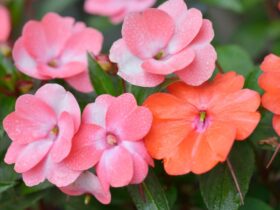
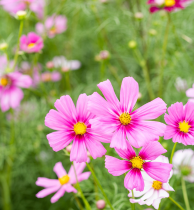
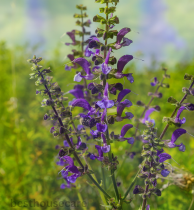

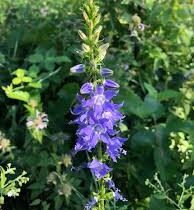
Leave a Reply
View Comments